Hi Everyone,
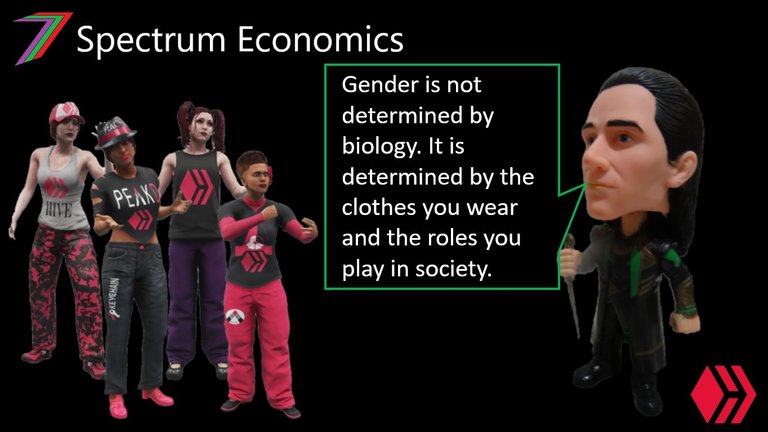
There is plenty of literature discussing sex and gender inequality. Much of the literature focuses on men and women in regards to opportunities, rights, and representation. Increased opportunities are often linked to more women in the workforce and higher educational attainment. Increased rights are often linked to voting, owning property, inheritance, and reproductive healthcare. Increased representation is often linked to more women in political office and Government. There are far fewer discussions relating to masculinity and femininity and any possible discrimination against masculine and feminine traits and roles. There is also limited discussion about the validity of different indicators and measures of inequality and the possible motives for their usage.
In this three part series, I want to discuss the subjugation of femininity and the distortion of reality in regards to the treatment of women and to a certain extent men.
- In Part 1, I discuss several important definitions and I investigate the main measures and indicators used to compare gender/sex equality in various countries.
- In Part 2, I discuss the natural differences between the sexes as well as the data and trends relating to wages, job opportunities, and places of employment.
- In Part 3, I discuss my opinions regarding inequality between men and women and how the Establishment created this problem just to pretend to be solving it.
My Opinions (broad and oversimplified view)
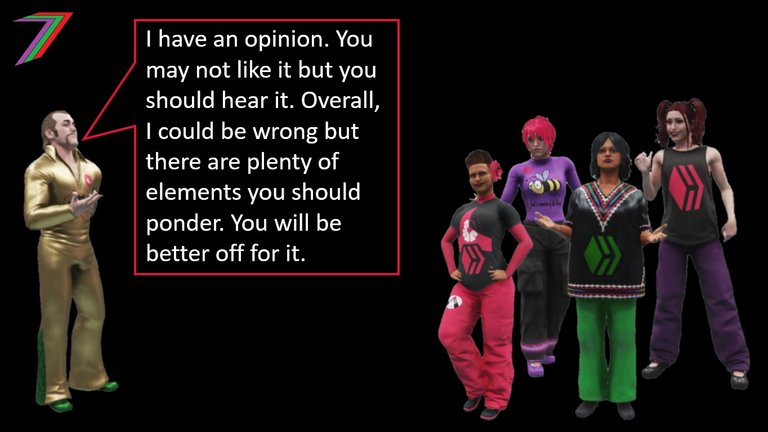
Men and women are different. Some of these differences have occurred naturally through evolution. Men and women developed different roles. This gave our species the best chance to survive. These roles most likely developed because of childbirth. Women focused on roles related to caring and nurturing as they gave birth to the children. They were closely attached to the children and were more vulnerable during pregnancy. Men were not burdened with pregnancy; therefore, were better placed to provide external resources and protect the family. The differences in these roles complemented each other and were equally valuable to our species. With these roles, came the development of traits that enhanced these roles. The people in our species who had the most enhanced traits had the highest chance of survival; therefore, passed these traits onto the next generations. Therefore, differences between sexes grew more pronounced.
Human Race Excelled
Over time our species thrived. We became so successful that we were able to shape our own environment. The differences in roles and traits between men and women became less critical to the survival of our species. However, the differences in roles remained in place. Women remained with their children and took care of the family and home. Men went to work to earn an income that could be exchanged for resources external to the home. These roles became part of our tradition. Parents and society were encouraged by social, political, and religious institutions to enforce these roles on their children. This practice helped maintain the differences in traits in adulthood even if they were not so distinct from birth. The roles played by men and women were still of great importance but in a modern world, they no longer needed to be predominantly pursued by just one of the sexes. The roles of men and women could be become interchangeable.
Women and Women’s Roles Perceived Inferior
Unfortunately for women, their traditional roles of caring for the family and home were considered lesser to the roles of men. This was because men were paid a direct income for their work because it was external to the home and in service to others. Women were not paid a direct income because they worked directly for the benefit of the family. The perception of the value of men’s work was overstated because of the return of an income. If the women had not performed the work, the men would have needed to pay someone else to do that work; it is possible this pay may have even exceeded their own income.
Men’s roles continued to expand into governance, leadership, and specialised roles. While women’s roles were mostly limited to the family and the home. Men received additional education and training to acquire the skills necessary to perform more sophisticated roles. Women were less inclined to pursue more education or training as it was not deemed necessary; less options existed, family and society were less supportive. This further added to the perception of superiority of men’s roles and men in general.
What could have been?
Inequality between men and women was growing. This inequality was caused by the gendering of roles and the misperception of the value of roles. A good approach would have been to stop gendering roles and assess the function of roles rather than attempt to value them. This would have enabled men and women to choose the paths they want to take in life. More women would have entered the workforce. This could have reduced the amount of time men spent in the workforce. This could have allowed men to spend more time at home and more time with their children.
What Actually Happened?
Different countries and communities approached the perception of inequality differently. Some of them reinforced the idea of men’s superiority through religion and culture. Therefore, inequality remained and not acknowledged as a problem but instead considered a social norm. Some countries, predominantly western, pushed the ideas of equality between the sexes but reinforced the ideas that employed work was superior to unpaid work traditionally performed by women. Political, business, educational, and media institutions pushed the ideology that for equality to exist, women needed to enter the workforce and pursue work that competed with the men. Women were granted the same rights in regards to voting and were permitted and encouraged to become politically active.
The echoed ideologies lead to women demanding that they have access to all the same rights and privileges as the men. Anything a man could do, so could a woman. More women actively pursued higher education and full-time work. However, most men still wanted to continue the same roles as before. They were reluctant to assume some of the unpaid roles and work done almost exclusively by women. These roles and work were perceived to be inferior. Instead, many women continued these roles while also working full-time. Some of these roles were fulfilled by women in paid employment, for example, occupations such as childcare became dominated by women.
Inclusion of women in the workforce and the continued same level of participation by men, lead to the rapid growth in the supply of workers and working hours. This rapid growth increased competition for jobs, this inhibited real wage growth. From the beginning of the 1970s, wage growth started to fall rapidly behind the growth in productivity. The start of this period coincides with when women were more actively participating full-time the workforce. See Figure 1 for a comparison of productivity and wages over time. See Figure 2, for the increase in women’s participation in full-time employment for several selected western countries.
Figure 1: Productivity Growth and Hourly Compensation in the USA (1950 to 2020)
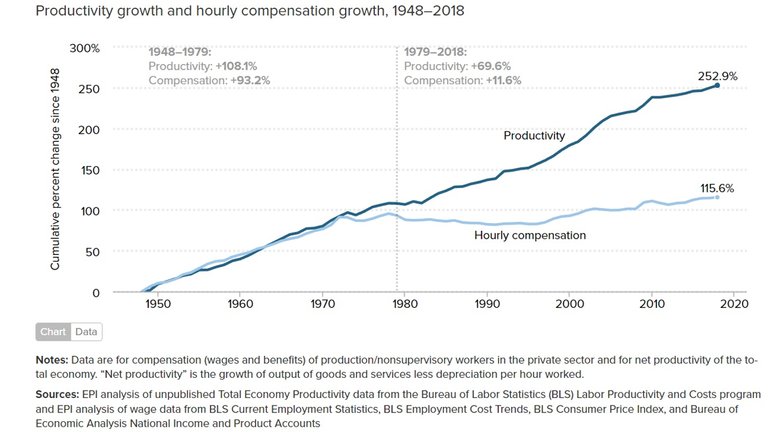
Source: Economic Policy Institute
Figure 2: Women Labour force participation rates
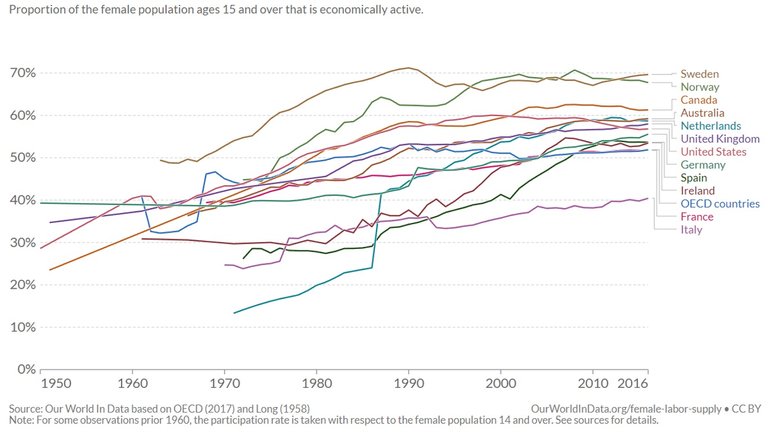
Source: Our World in Data
The Scam
Larger selection of workers and a relatively cheaper workforce is a great benefit for business and Government. For most families, the only way to maintain the growth in the household income would be for more adults to work full-time. The intentions of encouraging and manipulating more women into full-time work was for the benefit of employers and not to reduce inequality between the sexes.
Increased access to political parties and equal to access to voting reduces inequality between men and women but to a far lesser extent than it would appear. Political parties in western countries serve the Establishment and the not the people. This applies to both men and women politicians. Any support women politicians show for reducing inequality is a token gesture. In my posts Is Socialism being used as a path to Fascism? and Are the ‘right-wing’ hijacking conspiracy theory to maintain the two party system?, I discuss the new roles for self-proclaimed ‘left-wing’ and ‘right-wing’ parties.
Women are more likely to align with self-proclaimed ‘left-wing’ parties. This is because socialist values and agendas appear to align more closely with the Myers-Briggs ‘feeling’ values. Words and terminology such as equality, fairness, welfare, and inclusivity resonate better with people who are focused on caring for others. Political parties use socialist values to manipulate people into being more willing to accept higher taxes. These taxes are mostly used to fund the Establishments agendas; there is minimal concern for actually fulfilling the goals they claim to pursue. Figure 3 shows the voting choices of men and women in the US between 1972 and 2016
Figure 3: Voting Preferences of Men and Women in Presidential Elections (1972 to 2016)
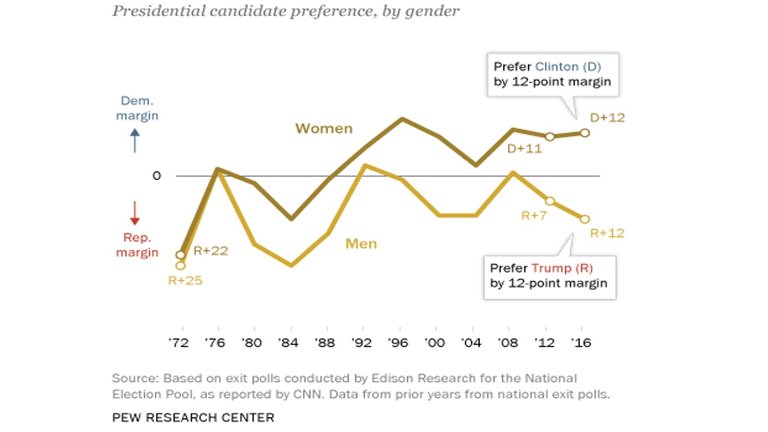
Source: Pew Research Center
As demonstrated earlier in Part 2 of the series, women are more likely to work as teachers. Teachers may influence their pupils to lean more towards particular ideologies. This could be a conscious effort or it might occur subconsciously. Teachers who personally support a particular ideology may not oppose it being taught in schools even though it could introduce bias in learning. Figure 4 shows voting preference by age in the US between 1972 and 2018
Figure 4: Voting Preferences based on age in Presidential Elections (1972 to 2016)
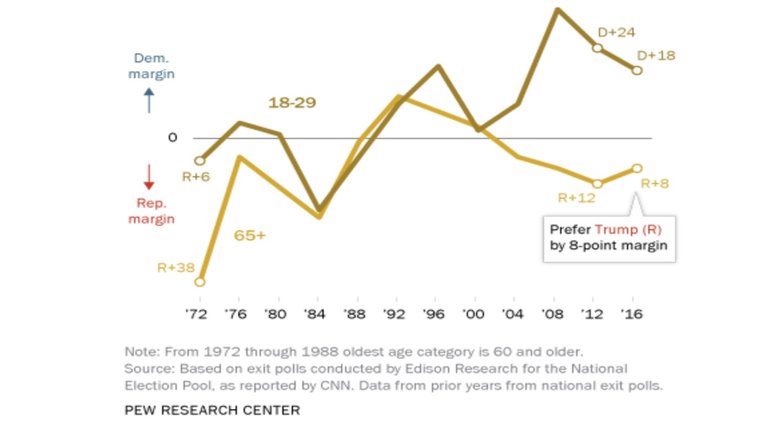
Source: Pew Research Center
The Establishment normally prefer people to vote for the self-proclaimed ‘left-wing’ parties. This is because these parties can more openly implement the plans of the Establishment. The self-proclaimed ‘right-wing’ parties pursue Establishment objectives a little differently. They also play the role of controlled opposition (explained in my post, Controlled Opposition and Divide and Conquer. They are required to quell resistance to the Establishment as well as create distractions.
Gender and Sex Diverged
Gender equality has become a bigger theme than sex equality. Gender is flexible as it is a social construct (see definitions in Part 1) and not clearly defined by biology. However, ‘gender’ conveniently still retains its original meaning of ‘sex’ under certain circumstances. This has been done to create confusion. This is particularly true regarding the treatment of children. Some children are attracted to feminine things and activities and others to masculine things and activities. This behaviour is being used to determine if a child should be a boy or a girl regardless of their sex. Some of these children are encouraged to take hormones that change their physical development and undergo surgical procedures to change their appearance so that they more closely resemble the sex of their identified gender.
Children should be free to express themselves. A boy who likes to wear dresses is still a boy. A girl who likes to play rugby is still a girl. When they become adults they might have changed their preferences but even if they have not, what does it matter? We should all respect other people’s freedom of expression. There is nothing wrong with a man wearing high heels, makeup, and a dress. Sadly, Establishment representatives would insist we refer to him as a woman. To them, no man would degrade himself to behave in such a strongly feminine way.
People can genuinely struggle with identifying with their own sex. Gender dysphoria is a distressed state arising from conflict between a person's gender identity and the sex the person has or was identified as having at birth (Merriam-Webster Dictionary). People with such a condition should seek professional guidance. I believe children diagnosed with gender dysphoria should not receive any treatment or procedures that would permanently alter their bodies or change their natural biological development. The diagnosis should be reconfirmed in adulthood. This is because the original diagnosis could have been incorrect or changes caused during puberty as well as personal development and understanding could radically change a person's perspectives.
The reassigning of genders serves several purposes. It is partially profit motivated. Hormones, therapy, and surgery can generate profits for pharmaceutical companies and other health related organisations. The bigger role is to erase the concepts of sex and the natural differences between the sexes. We go from people represented by two sexes to just people defined by different roles. The likely intention is for us to serve as the workforce for our masters in Government and big business. We are to value servitude as an honour and freedom is seen as a hindrance to achieving the objectives of the few.
Conclusion
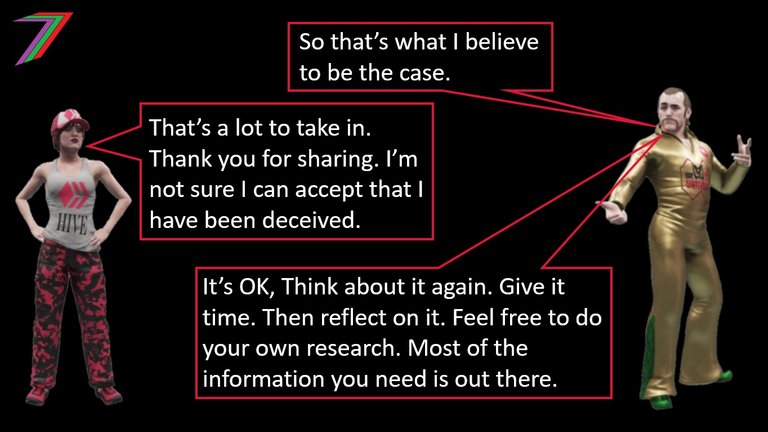
Is there inequality between men and women? For western countries the answer is ‘yes’ and for the rest of the world the answer is probably ‘yes’. Has inequality between men and women been reduced? For western countries the answer is ‘yes’ but by a significantly smaller margin that what is being proclaimed. This is because the areas where women are more likely to excel are undervalued. Wages are suppressed by Governments who predominately control employment in many of these areas. Women still contribute the most to raising children and maintaining the home. These tasks have been belittled by Government and media. This has contributed to their unattractiveness to men. Women with aptitudes more similar to men are more likely to be considered and treated equal. Having both men and women working full-time also ensures that people are occupied. Their busy schedule is going to reduce the time and opportunity to question how the world is run. I discuss this in detail in my post People are too occupied and too stressed to question the narrative.
An area not covered in this series is the difference in cultures between countries. This would require a more significant investigation into how different cultures facilitate or restrict the freedom of women. In some countries, women are not permitted to engage in certain activities and are required to behaviour or dress in a particular way. Even though, this aspect was not investigated, we should expect to see correlations with educational attainment, career advancement, business ownership, and wages. I would not expect a country that has low inequality in these areas to be excessively restrictive of women’s freedom in other areas.
The real path to reduce inequality between men and women is freedom. We should all be allowed and enabled to pursue our own paths in life. Stereotypes should not matter. Government, business, and media goals should not matter. What matters is our goals. We should have no shame in our desire to attain them. We should not get in the way of others who have goals that do not align with our own. Live free and respect the freedom of others.
This three part series has covered a lot of ground. Many people will find it controversial, as it greatly questions the narrative around sex inequality. It is essential to consider a wide range of data from several different sources to be able to create a more accurate picture of reality. It is important to understand the terminology as it might change the nature of discussions and debates. I follow the simple philosophy that people pursue what they believe is in their best interest. I discuss this philosophy in detail in my post Power, Money and Me Me Me. The more difficult part is understanding what people believe to be in their best interests. This can range very widely. I believe behaviour is normally the biggest indicator of intention. Individual actions can be interpreted in many different ways. However, observing patterns of behaviour leads to less subjective interpretation. This series can be better understood as a part of my body of work. Thank you for reading, if you made it this far.
More posts

If you want to read any of my other posts, you can click on the links below. These links will lead you to posts containing my collection of works. These 'Collection of Works' posts have been updated to contain links to the Hive versions of my posts.
Hive: Future of Social Media

Spectrumecons on the Hive blockchain





Women still play the most important role in society because most of the problem we have in society now is because some of the people causing them have a bad upbringing and people have always overlooked this but it is very important. I have seen instances here in Africa where the role of a woman is switched to the role of a man.
Posted Using LeoFinance Beta
Raising, nurturing, and educating children are very important tasks. They are often underprioritized and become neglected by parents. Both men and women can play an important part in fulfilling these tasks. They need to figure out within their own family how they are going to perform them. Paid work should not always be the top priority.
I agree with your main theses.
Cool, thanks.
Intrested topic.
Yes, in many ways.
Man and women have Important role to play , I think gender equality is not what we need , I think gender equity and respect is what we really need in the society
I think you make a very good point. Respect is something that is often missing.
Beautiful writeup..
Both genders have their own amazing role to play to make the society a better place
Both men and women are critical for a healthy functioning society.